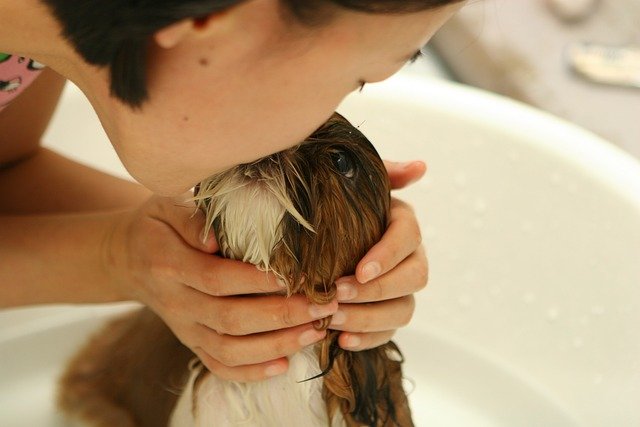Safe Handling and Application Guidelines for Parasite Control Products
Clear, practical guidance helps pet owners and households apply parasite control products safely. This teaser summarizes safe handling principles, inspection habits, seasonal considerations, grooming practices, and veterinary coordination to reduce infestation risks.

Safe handling and application of parasite control products involves clear attention to product instructions, regular inspection, and an awareness of how fleas and other parasites interact with pets and the household environment. Proper application reduces the risk of treatment errors, minimizes exposure for people and non-target animals, and supports prevention of recurring infestation. This article outlines steps for safe storage and use, describes how to inspect pets and living spaces for signs of parasites, and explains how grooming and veterinary input fit into an effective, season-aware approach to parasite control. Emphasis is placed on reading labels, following dosage guidelines, recognizing symptoms such as itching, and protecting vulnerable household members during application.
This article is for informational purposes only and should not be considered medical advice. Please consult a qualified healthcare professional for personalized guidance and treatment.
How to inspect for fleas and signs of infestation
When performing an inspection, check pets’ fur, skin folds, and common hiding spots like the neck, groin, and base of the tail. Look for live fleas, flea dirt (small dark specks that turn red when wet), and behavioral signs such as scratching or increased grooming. Household inspection should include bedding, carpeting, upholstery, and crevices where eggs and larvae can accumulate. Regular inspection helps detect early infestations and informs whether environmental cleaning or targeted products are needed. Document what you find and, if uncertain, consult veterinary guidance for confirmation and testing.
Safe application steps for flea products on pets
Always follow the product label and veterinary instructions for the correct dosage by weight and species. Apply topical treatments only to the recommended area (commonly the back of the neck) and allow the product to dry before letting pets interact with others. Oral medications should be administered with appropriate food or water guidance when specified. Avoid using products formulated for other species, and do not combine multiple systemic treatments unless directed by a veterinarian. Protect children and pregnant household members by keeping treated pets separate until products have settled according to label directions.
Household treatments and environmental prevention
Environmental control reduces reinfestation risk: vacuum carpets and furniture, wash pet bedding frequently in hot water, and treat indoor and outdoor areas when directed by a product label or pest professional. Steam cleaning can be useful for carpets and upholstery. Outdoor prevention may include trimming vegetation and reducing humidity in shaded areas where fleas thrive. Use household products only as labeled, and consider integrated measures—cleaning, insect growth regulators, and targeted pesticide use—rather than broad, repeated spraying that can increase exposure to people and pets.
Grooming, itching relief, and monitoring
Regular grooming helps detect parasites early and provides temporary relief from itching. Use a fine-tooth flea comb over a white towel to spot fleas or flea dirt. For skin irritation or severe itching, consult a veterinarian for approved symptomatic treatments; do not rely on human medicines or anecdotal remedies that may be unsafe for pets. After any treatment, monitor pets for changes in behavior, appetite, or skin condition, and report adverse reactions promptly to a veterinary professional.
Veterinary guidance and seasonal considerations
Work with a veterinarian to select products appropriate for your pet’s age, weight, health status, and parasite exposure risk. Seasonal trends can affect parasite activity: fleas often peak in warmer months but can persist year-round in heated homes. Veterinary professionals can recommend year-round prevention where appropriate and adjust strategies for multi-pet households or animals with medical conditions. Keep vaccination and wellness schedules up to date and discuss combined parasite prevention plans that address fleas, ticks, and other parasites relevant to your environment.
Inspection, storage, and disposal best practices
Store parasite control products in their original containers, away from children and pets, and at recommended temperatures to preserve effectiveness. Keep a record of application dates and products used for each pet to avoid accidental re-dosing. Dispose of expired or unused products following label disposal instructions or local hazardous waste guidance to protect the environment. If accidental ingestion or improper exposure occurs, follow emergency instructions on the label and seek immediate veterinary or medical assistance.
Conclusion Careful inspection, correct product selection, and precise application help manage fleas and other parasites while minimizing risks to pets, people, and the household environment. Integrating grooming, seasonal vigilance, and veterinary guidance supports effective prevention and reduces the likelihood of recurring infestation. Regular documentation of treatments and sensible storage and disposal habits further contribute to safe parasite control practices.






